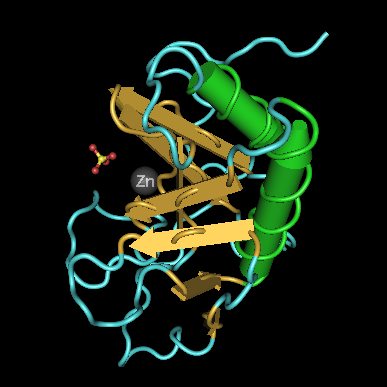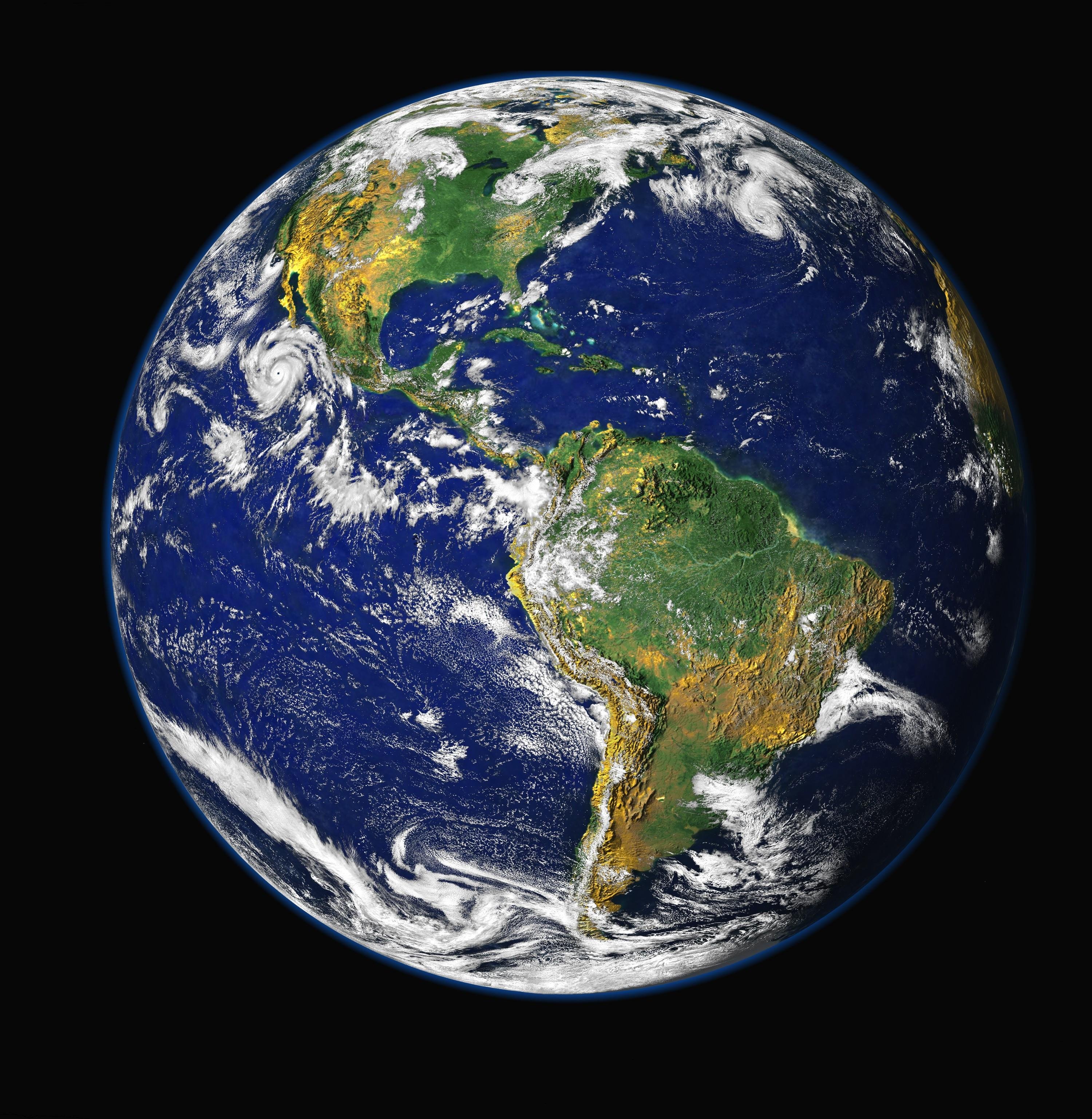Gel Electrophoresis Virtual Lab Worksheet Name_Alma Oscarson____
Make a prediction:
1. How do you think you could figure out the lengths of the strands in the tube of DNA?
To add a lot of chemicals
Go through the simulation:
2. What is the process called in which we measure the DNA microscopically?
Gel electrophoresis
3. What is the “gel”?
Gel is the filter that sorts the DNA strands
4. Write down the step of gel electrophoresis
a. Set up an apparatus
b. Load the DNA sample into the gel
c. Hook up the electrical current and run the gel
d. Stain the gel analyze the results
5. What does the current do the DNA samples?
It makes the DNA strands move down
6. What kinds of strand move quickly and further down the gel?
The shortest one
7. What kinds of strand move slower and lag behind?
The longer ones
8. What about the strand that are the same length?
They move together in a group
9. What helps us see the DNA strand in the gel?
Staining the sorted groups of DNA
10. What are the ingredients to make a gel? Make your Gel!
Powder agarose, buffer, a flask, a microwave, gel comb and mold
11. Load the Gel with the DNA!
12. After you load the DNA sample into the tray, what is the next step?
Hook up the electrical current and run the gel
13. How do you know current is running through the gel?
If tiny bubbles come out
14. After the gel is done, what must you do to it before you can analyze your results?
You need to stain it
15. How long does this process take?
Half an hour
16. What type of light do you use to view the gel? Is it safe and what precautions would you might need to use?
You use a UV light, it is dangerous and it can damage your eyes, so you need to wear protective goggles when you use it.
17. Take a screenshot of your gel and paste below.
18. Write your size estimates below:
a. Strand 1____1500_____
b. Strand 2 ___3500_____
c. Strand 3 ____6000_____
19. Could you list one reason why we would run a Gel electrophoresis on someone and explain your answer.
To know if your DNA was made right, or has any mutation
Relate and Review
Write at least 5 sentences summarizing the process of electrophoresis and relating to what you’ve learned before.
First what you do in this process is you have a small amount of DNA in a tube. Then you make the gel and set up an apparatus to put the gel that you have just made. Then you add all of you DNA into the gel, to be able to do the next step of this process. 4th step you hook up the electrical current and turn it on, so the current can go through the DNA and make it move down the gel. Last step is you stain the DNA, and then put it under a UV light to be able to see the DNA groups.













